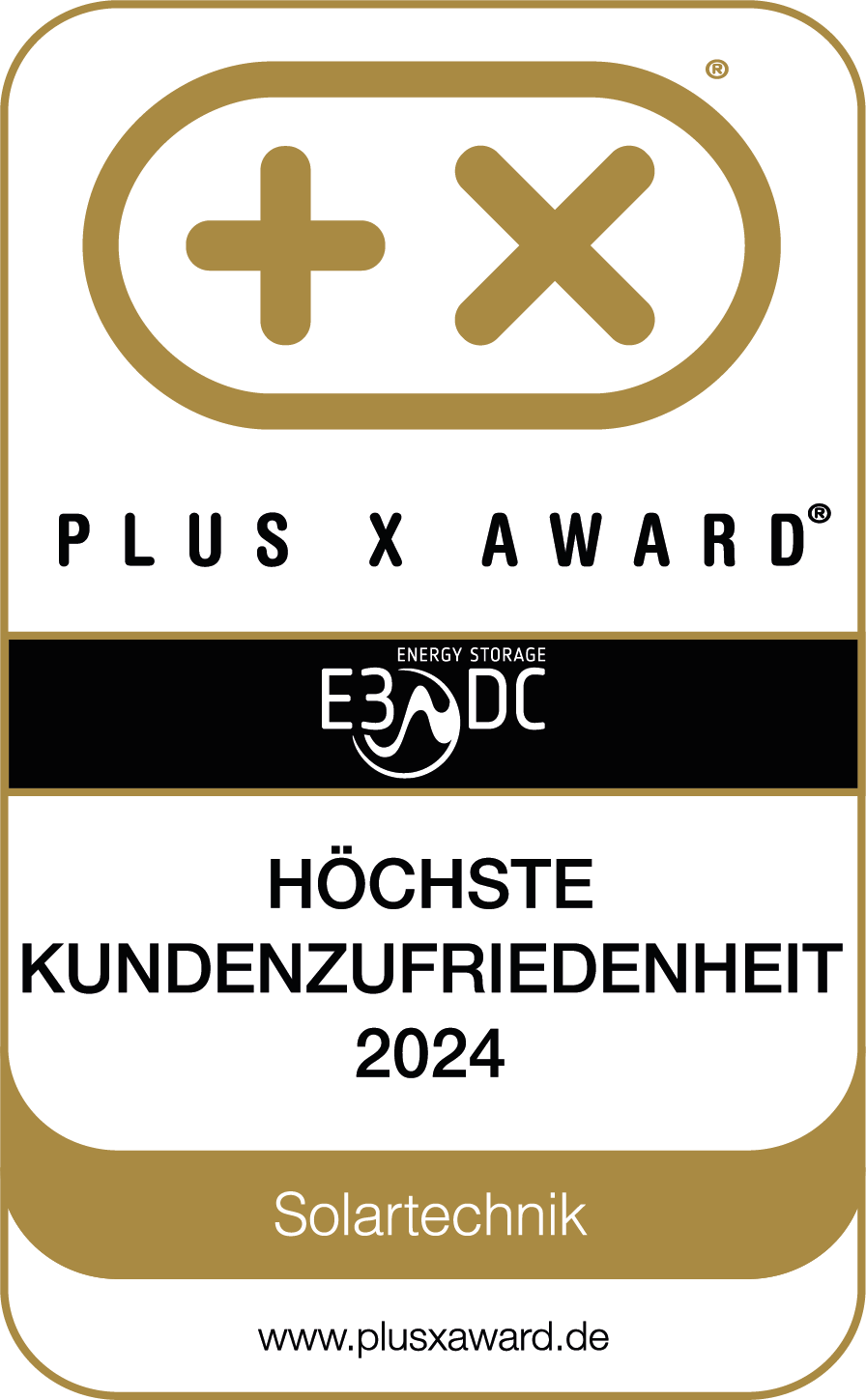Energy Management by E3/DC
The key to increasing one’s self-sufficiency is effective energy management. Its quality is crucial when it comes to covering household, heating and e-mobility energy consumption with solar power and reducing the need for electricity from the public grid.
Precise power measurement in the home grid
Switch quickly if need be
For energy management, E3/DC relies on very precise power measurement: no load can be connected or disconnected without the sensors picking it up, because it is at such moments that the system needs to act extremely fast to supply autonomous energy (either directly or from batteries). Things are constantly happening in the household, and it is always important that the required load can be operated with the shortest possible delay, because if the systems are too slow, the appliances draw power from the grid first. With optimal measurement and control technology, E3/DC ensures that your home power station can supply the necessary loads in the home grid with autonomously generated electricity, as long as it is available, with virtually no loss, and grid usage reduced to almost zero.
Make consistent use of solar energy
Active energy management
In life, quick reactions are always good, but clever actions are even better: energy management by E3/DC recognises when there is enough solar power available to actively switch a consumer on. The efficient operation of heat pumps is supported by the intelligent consumption control and via the SG Ready Board. With the communication-enabled Wallbox, your electric car starts charging at the right time, to ensure optimum self-reliance. In this process the energy management always acts based on the user’s specifications. An example of mobility: in combination with the domestic power station’s energy management system, a PV system of less than 10 kWp can provide clean energy for a range of 250 km on a sunny day in April, without losses in private consumption.
Do not charge your storage too early or too late
Prognosis-based storage operation
Energy management employs an optimised charging strategy, by integrating weather data: the battery storage should not be fully charged too soon. The storage therefore operates in such a way that it has reserves during the day, whereby, as far as possible, it limits the PV output (to 70% of the nominal output) according to the EEG (Renewable Energy Sources Act), during the high-yielding midday period. Of course, this is easier if adjustable loads (heat pump, cooling, electric car) are in place and are actively triggered by the home power station. On the other hand, at sunset, the storage should make the full energy capacity available for the evening and the night – the generation forecast, based on the weather data thereby plays an equally decisive role as the consumption forecast resulting from the analysis of user behaviour.
All the data at a glance
Experience self-sufficiency in the customer portal
The complex energy management becomes comprehensible and tangible through the current and stored evaluations in the E3/DC customer portal: there users are able to visualise and check their energy balance on a daily, weekly, monthly and yearly basis, either at home or via a mobile device, and perhaps even identify potential for improvement. Among other things, solar generation, household consumption, charging and discharging of batteries, grid feed-in and grid usage are visible. Own consumption and self-sufficiency – also the results of the intelligent energy management – are clearly depicted in diagrams.
